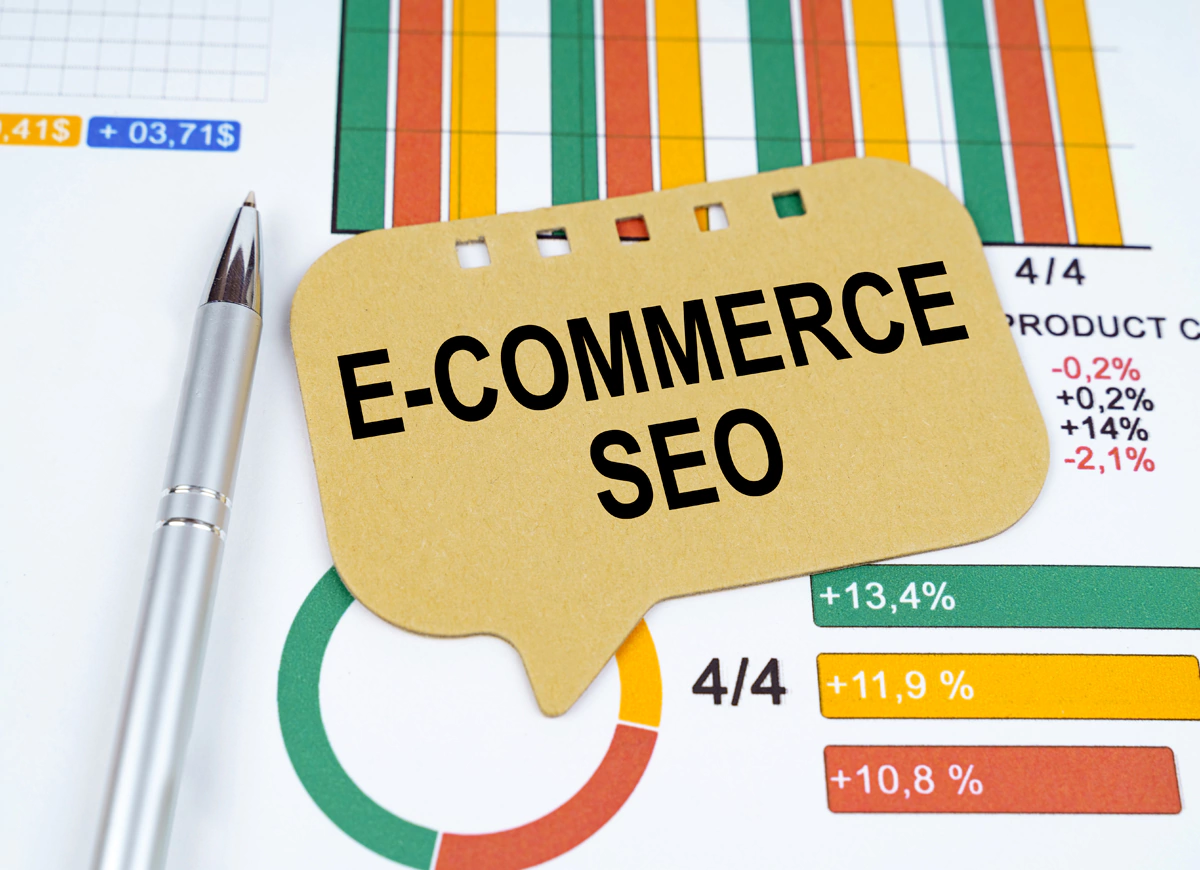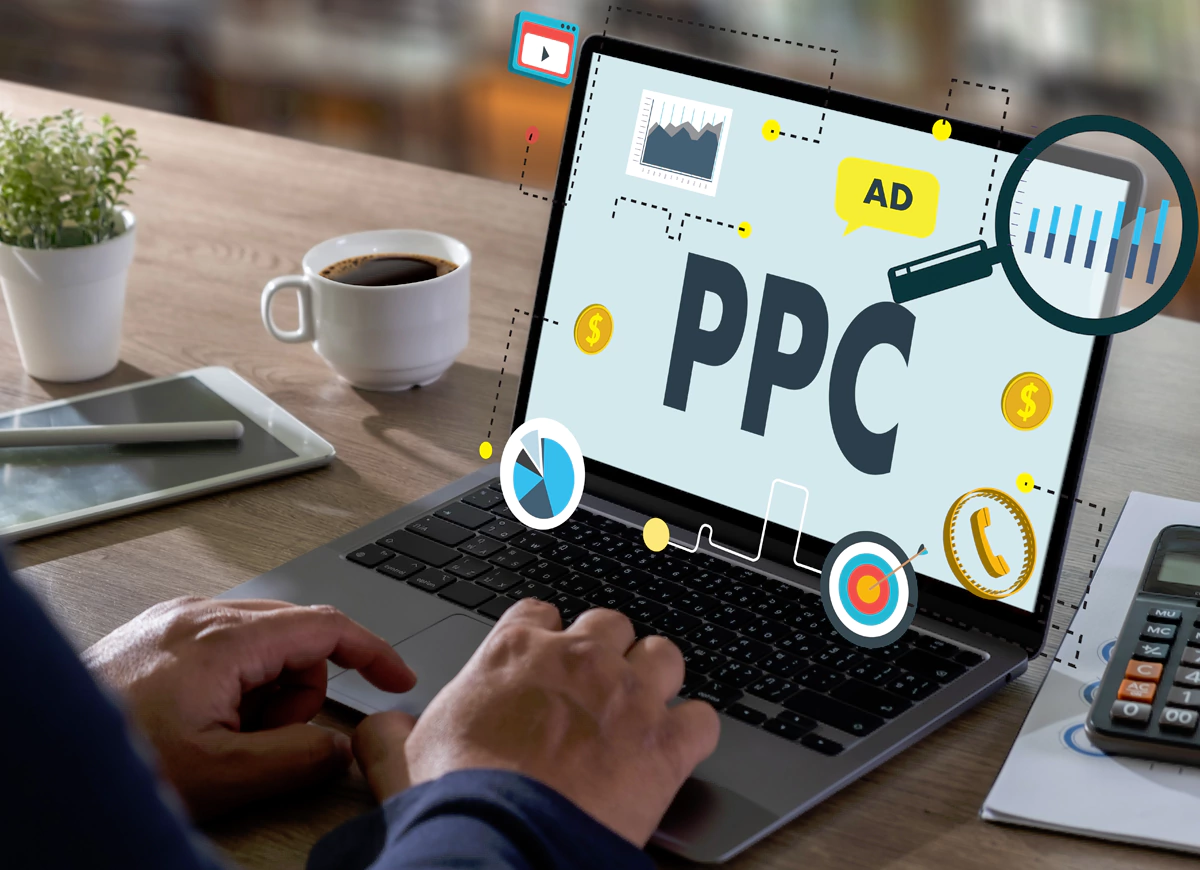Sales, purchases, profits, losses and all other activities related to a business are measurable. These derivations allow the managers to know whether the business is soaring and pinpoint areas for enhancement.
Similarly, when you try to reach customers through the Internet, digital marketing KPIs enable you to understand the trajectory of your growth. Whether you’re a business owner or a manager, you must know a few metrics that determine if the efforts for digital expansion are succeeding.
Here in this elaborate blog, we strive to bring forth all the key performance indicators that will enable you to understand the effectiveness of your marketing strategies.
What is a Digital Marketing KPI?
Understanding Digital Marketing KPIs (Key Performance Indicators) is paramount before diving into specific metrics. These metrics adhere to the SMART criteria—Specific, Measurable, Attainable, Realistic, and Time-based. In digital marketing, this acronym serves as the bedrock for measuring success. Every KPI outlines clear goals, has measurable features, is realistically attainable, and adheres to a set timeframe.
Understanding the Vital Role of Digital Marketing KPIs in Business Success
Tracking KPIs or digital marketing metrics is not merely a task. Rather, it’s a vital parameter for businesses navigating the digital landscape. Here’s a concise breakdown of why monitoring these indicators is crucial:
Strategic Insight
KPIs unveil the effectiveness of your digital marketing strategies. These provide insights into what policies work and what requires refinement. By dissecting these metrics, you gain a comprehensive understanding of the growth of your efforts, empowering you to make informed decisions.
Performance Evaluation
By measuring digital marketing metrics, businesses can assess their performance objectively. It allows them to form informed decisions based on real data rather than intuition. It also mirrors reflecting the true impact of your digital initiatives, enabling continuous improvement and adaptation.
Resource Optimisation
Efficient allocation of resources is facilitated through KPI monitoring, identifying areas of success and those requiring additional attention. Whether it’s budget allocation or manpower deployment, these metrics serve as a compass for strategic resource optimisations.
Goal Alignment
Tracking KPIs ensures that your marketing efforts align with your overarching business goals, fostering a harmonious integration of strategy and outcomes.
The Top 7 Digital Marketing KPIs You Need to Know
Website Traffic
Among the multitude of KPIs, tracking website traffic is pivotal. It serves as a barometer of your online presence and outreach. A surge in traffic indicates heightened visibility and the effectiveness of your digital marketing initiatives.
Understanding the nuances of website traffic involves delving into various dimensions. Beyond the sheer volume of visitors, it’s crucial to analyse the sources of traffic, the behaviour of visitors on different pages, and the duration of their stay. Tools like Google Analytics can provide granular insights, allowing you to tailor your strategies based on comprehensive data.
For a more comprehensive understanding, businesses can explore additional metrics, such as the bounce rate, which indicates the percentage of visitors who navigate away from the site after viewing only one page. A high bounce rate may signal a need for improvements in website design or content. Ideally, you don’t have to worry if the bounce rate is below 40%. However, if it exceeds 55%, you will need to look into your digital footprints and improve them wherever possible. Below is a formula to gauge the bounce rate for your website.
Bounce Rate = (Total bounces / Total entrances) * 100
Conversion Rate
The conversion rate is a needle-mover in the digital landscape. It gauges the percentage of visitors who visit the website and converts into customers who purchase your goods and services. A high conversion rate signifies a well-crafted and compelling user journey, while a lower rate demands a critical examination of your conversion strategies. When you want to improve your conversion rates, the primary focus must be on user experience. There must be a clarity of your calls to action and the alignment of your offerings with customer needs.
In addition to overall conversion rates, businesses can dive into micro-conversions—smaller actions that lead users towards the ultimate conversion. It might include actions like signing up for newsletters or downloading resources. Analysing micro-conversions provides a more granular view of user behaviour and allows for targeted optimisations. Here is how you can calculate the conversion rates:
Conversion Rate = (Number of conversions / Number of visitors) * 100
According to MailChimp, a conversion rate of 2 to 5% across all industries is “good”. However, the numbers may vary if looked at at industry-specific metrics.
Cost per Acquisition (CPA)
CPA is a metric that measures the money spent to acquire a new customer through a marketing campaign. The formula for CPA is straightforward: it’s the total cost of the campaign divided by the number of conversions it generates.
CPA=Total Cost/ Number of Conversions
Breaking down CPA involves dissecting the various elements of your marketing campaign, particularly focusing on your advertising costs. It includes expenditures on channels such as online ads, social media promotions, or other platforms to attract customers. By understanding the cost associated with each acquired customer, businesses can assess the efficiency of their marketing efforts.
Furthermore, businesses consider calculating CLV or the customer’s lifetime value to find the exact measure of CPA. It is a comprehensive metric beyond the immediate cost of acquiring a customer. It considers the potential revenue a customer can generate over their entire relationship with a business. The formula for CLV involves multiplying the average purchase value by the purchase frequency and then multiplying that result by the customer’s lifespan.
CLV=(Average Purchase Value×Purchase Frequency)×Customer Lifespan
Here’s a breakdown of each component:
- Average Purchase Value: This is the average amount of money a customer spends in a single transaction. It gives insight into the typical value of a sale.
- Purchase Frequency: This represents how often a customer makes a purchase within a specific time frame. It helps in understanding customer behaviour and loyalty.
- Customer Lifespan: This is the average duration a customer remains engaged with a business, making repeat purchases. It provides a perspective on the long-term relationship a business can potentially have with a customer.
Return on Investment (ROI)
ROI, the quintessential metric, measures the profitability of your digital endeavours. It gauges the ratio of gains to costs, decoding the success or failure of your marketing investments.
ROI = (Net Profit / Cost of Investment) * 100
The calculation of ROI extends beyond mere financial metrics. It encompasses the holistic impact of your digital initiatives on brand equity, customer loyalty, and long-term sustainability.
In addition to traditional ROI calculations, businesses can explore social ROI, which quantifies the impact of social media efforts. It includes digital marketing metrics like social engagement, brand mentions, and the influence of social media on overall brand perception.
Social ROI = (Social Media Revenue – Social Media Cost) / Social Media Cost * 100
Click-Through Rate (CTR)
CTR is a measure of how captivating your content is. It tells you the percentage of people who click on your ad or link out of the total number of people who saw it. In simple terms, it shows how well your message connects with your audience and how relevant your offerings are.
CTR= (Number of Clicks/Number of Impressions)×100
Businesses need to pay attention to creating interesting content that directly speaks to their audience so as to make their CTR better. Understanding who your audience is and using creative and engaging language can significantly boost your CTR.
One can further delve into the CTR by examining various factors such as age groups, geographical locations, or specific interests. This breakdown helps in figuring out which specific groups of people are responding most positively to your content or campaigns.
Mobile Traffic
Mobile traffic is an increasingly significant source of visitors, leads, and customers, primarily driven by the use of smartphones and tablets. It’s imperative for businesses to optimise their websites for mobile accessibility.
One needs to keep track of the following metrics to gauge the effectiveness of mobile engagement. Firstly, examining the number of lead conversions from mobile devices provides insight into the platform’s conversion potential. Bounce rates from mobile devices indicate how engaging and user-friendly the mobile experience is, with lower bounce rates suggesting better user satisfaction.
Additionally, assessing conversion rates from mobile-optimised landing pages offers a focused perspective on the performance of dedicated mobile content. It’s not just about quantifying mobile conversions but understanding the efficiency of your mobile presence, ensuring that your website effectively caters to the evolving trends in user behaviour.
Social Media Engagement
In the era of digital interconnectedness, social media engagement is a pivotal digital marketing KPI. It assesses the resonance of your brand on social platforms, reflecting the effectiveness of your engagement strategies.
Social Media Engagement Rate = (Engagements / Followers) * 100
Social media engagement encompasses likes, shares, comments, and overall brand visibility. Analysing engagement metrics provides a nuanced understanding of your brand’s reception on different platforms. Businesses can track sentiment analysis, which gauges the overall sentiment of social media mentions. Positive sentiment indicates a positive public perception of the brand.
Summing Up
The efficacy of your digital marketing strategies is intricately tied to the meticulous tracking of KPIs. When harnessed judiciously, these metrics illuminate the path to success and growth. By embracing a data-driven approach and understanding the nuances of each KPI, businesses can thrive in the dynamic realm of online commerce.
At Make My Website, we stand as your unwavering partner in navigating the intricacies of digital presence. As a trusted web development company, we leverage our expertise to ensure your online endeavours align seamlessly with your business objectives. Trust us to transform your digital vision into a tangible, success-driven reality.

















